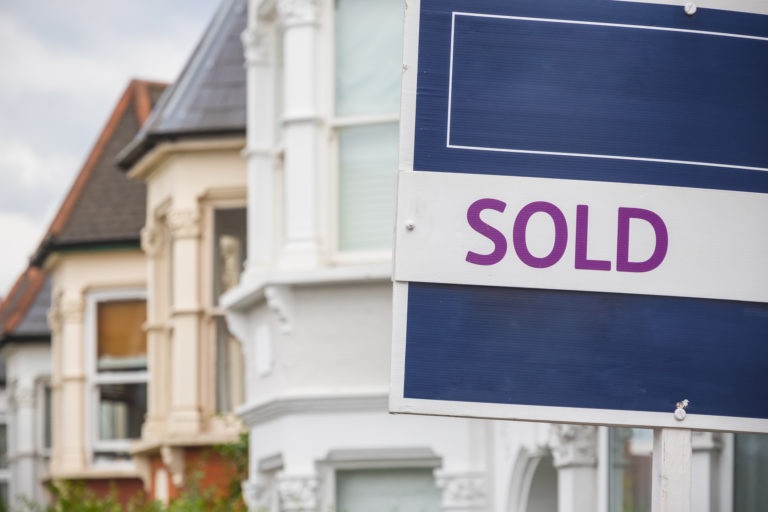By the end of this year, with the inevitable political uncertainty of the upcoming general election, prime central London house prices could have fallen once more.
Even with the announcement of the general election last week – which will take place on 4th July – along with the fact that interest rates have not fallen as many had hoped they would, UK property prices remain unperturbed, according to predictions from Knight Frank.
Taking into account the whole UK housing market, the expectation is that values will have increased by a total of 3% on average by the end of this year, unchanged from what the agency had predicted in January despite the latest news of an election.
By the end of 2028, Knight Frank expects UK house prices to have risen by a cumulative total of 20.5%, due to the fact that demand remains high, supply levels have not seen any significant gains, and the mortgage market and general affordability are set to improve.
However, London house prices have been following a different track to the rest of the market for some time now, and the latest political movements have led Knight Frank to revise its outlook for prime central London house prices. Now, rather than the original expectation of a 1% rise, they are forecast to fall by -1% by year-end.
Foreign sentiment impacts London house prices
More than any other market in the UK, the London housing market is particularly reliant on foreign buyers and investors. This has long since been the case, and is part of the reason why London house prices have been pushed so high – but the market has not continued to rise at the same pace as the rest of the UK.
This is especially prevalent in the prime housing market in general – with the highest priced properties – which is why the latest announcement from Prime Minister Rishi Sunak could have more of an impact.
According to Knight Frank, the reform of non-dom rules earlier this year had caused some “hesitation” in the prime property sector; and while the Tories introduced the reforms, Labour have “devised their own tougher rules, which are still to be fleshed out”.
Over the past two months, Knight Frank has noted a fall in demand in prime central London, and this is expected to have an impact on prime London house prices. The forecast for the rest of the market, though, stays the same for now.
The inflation effect
There has been some good news on the inflation front, after it was announced that headline inflation fell to 2.3%. Retailers are saying that UK shop price growth is now back to “normal”, which will be welcome news to many consumers – and is another factor that can boost appetite in the housing market.
However, services inflation was higher than expected at 5.9%, and this announcement saw swap rates rising, money markets reducing their rate cut expectations and mortgage lenders unable to lower their rates as they had perhaps intended.
But Knight Frank points out: “Despite the bad news for buyers or anyone re-mortgaging, we expect demand to strengthen notably once a cut moves onto the agenda, which is what happened in the early weeks of January as sub-4% mortgages made a brief appearance.
“£The Nationwide UK index topped out at 2.3% in January before falling as mortgage rates began to climb. The Halifax peaked at 1.6% in March, the same month that mortgage approvals reached an 18-month high.
“We expect demand will increase as rates begin to fall in the second half of the year. From the summer, there will also be a sharp fall in the number of people rolling off sub-2% mortgages agreed in 2022, as we explore here.”
While London house prices seem set to continue treading their own path separate from the wider market, other parts of the UK housing market have shown trend-bucking resilience – particularly in major regional cities like Manchester, Birmingham and Liverpool, where prices have continued to rise.








